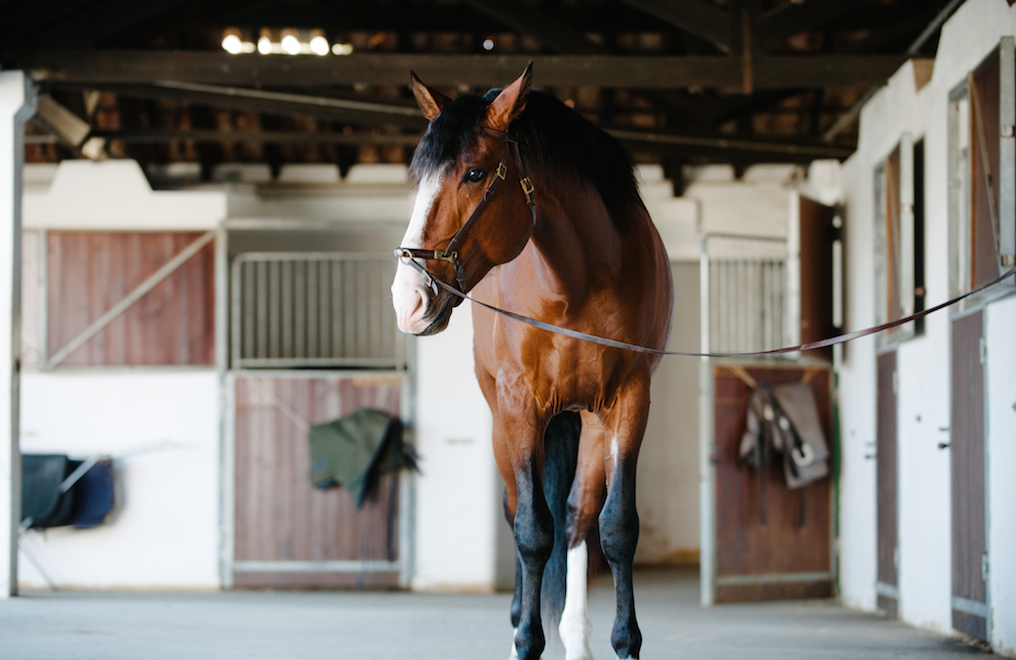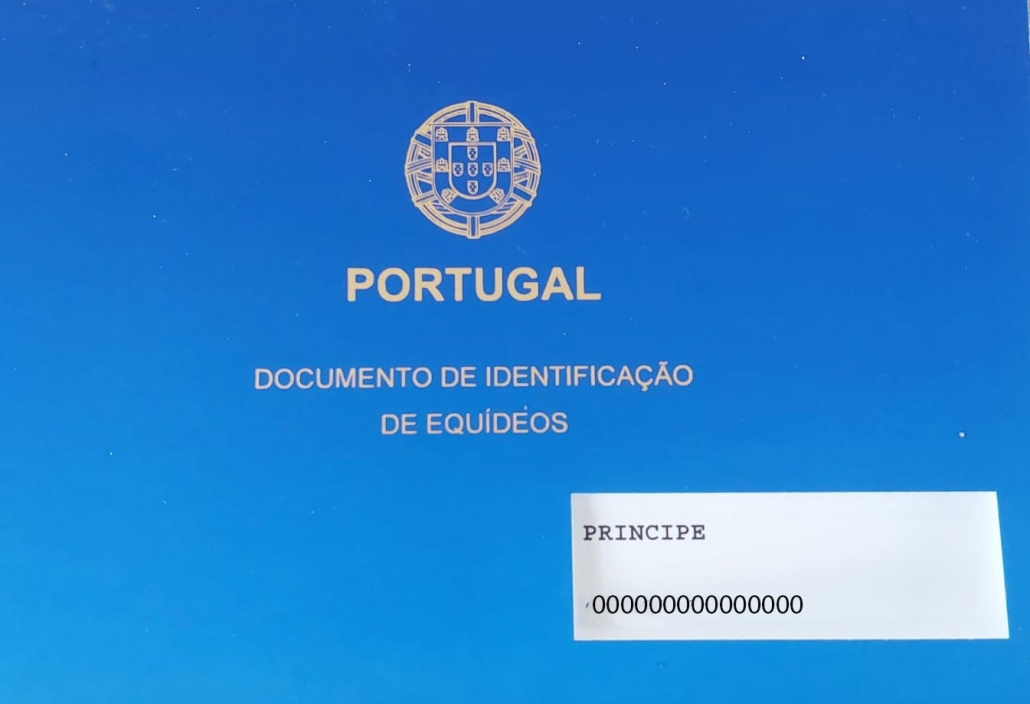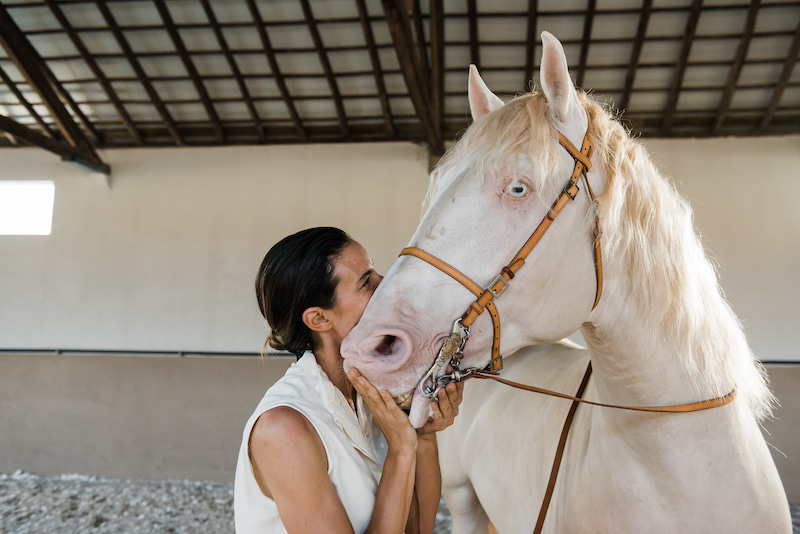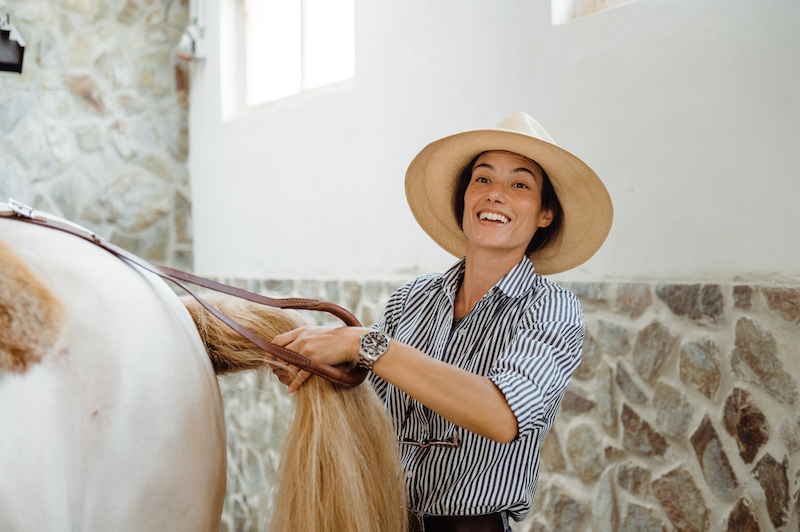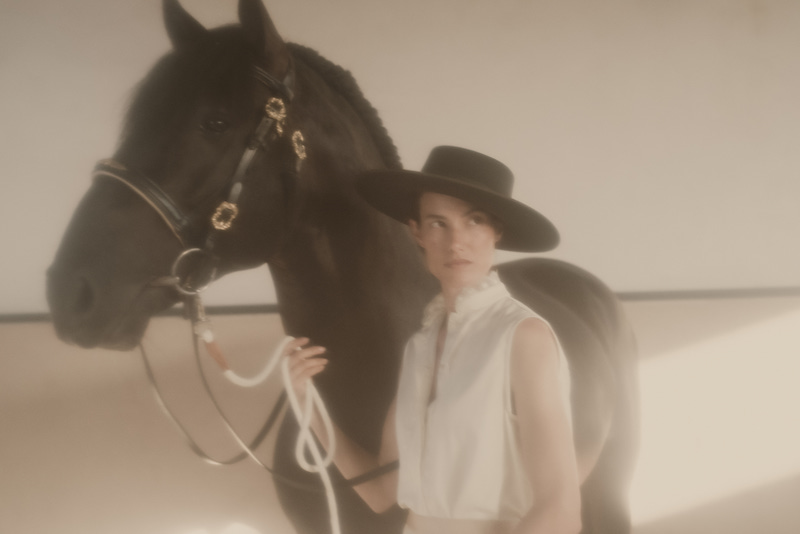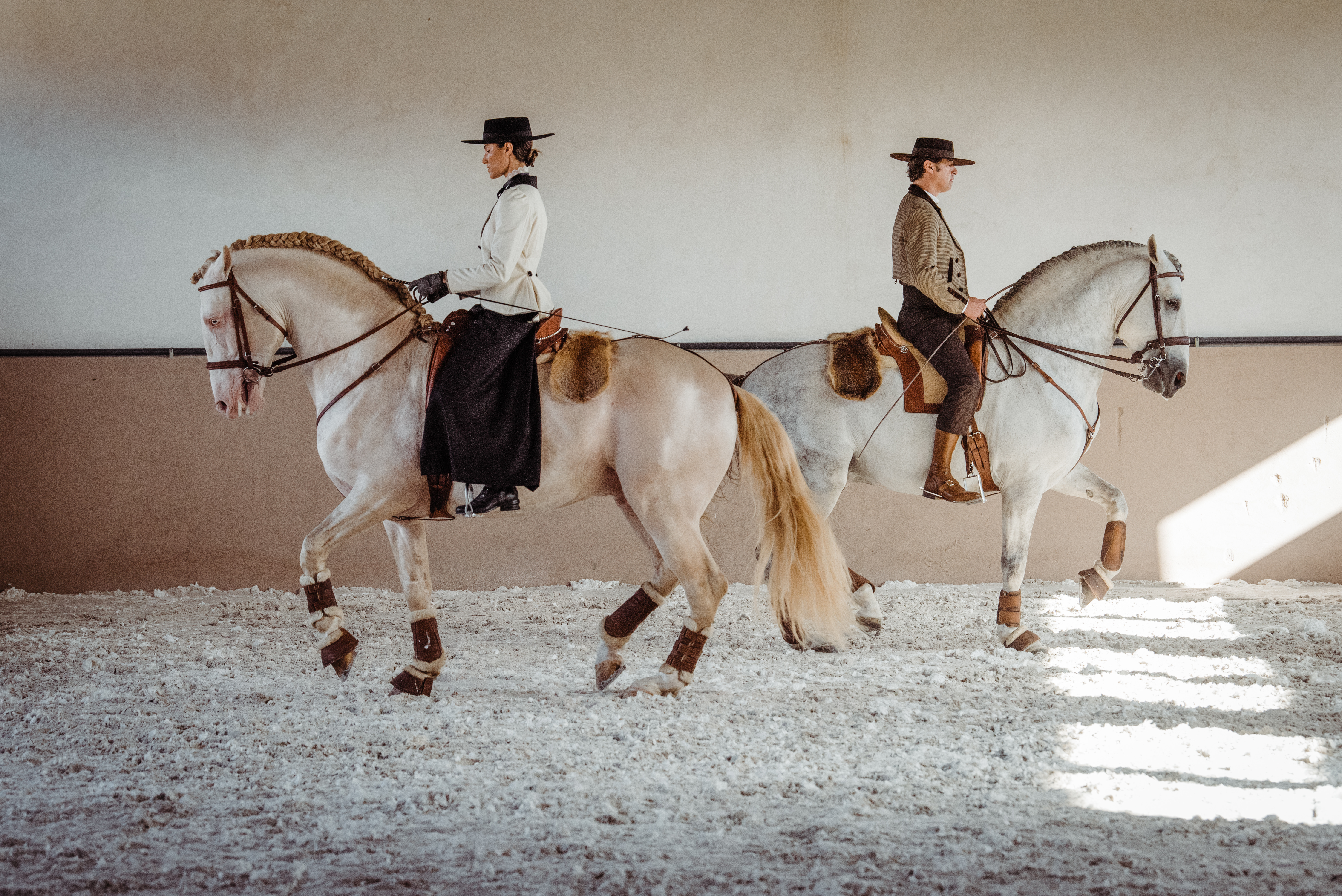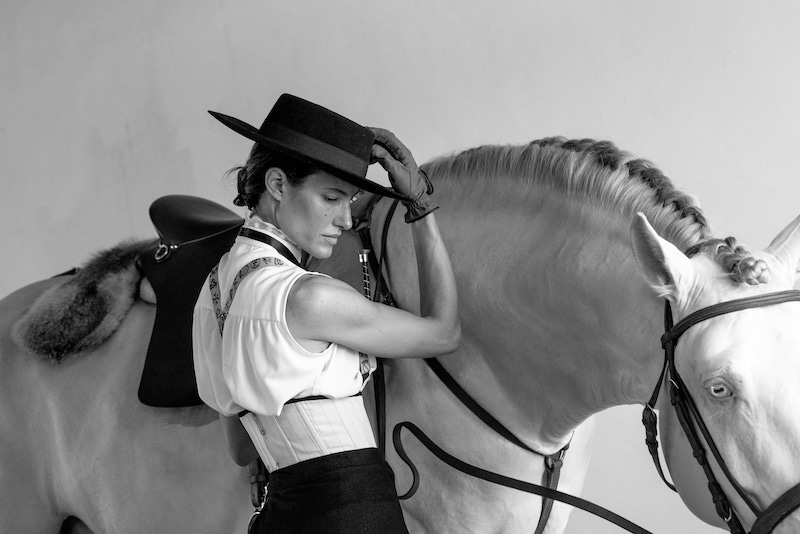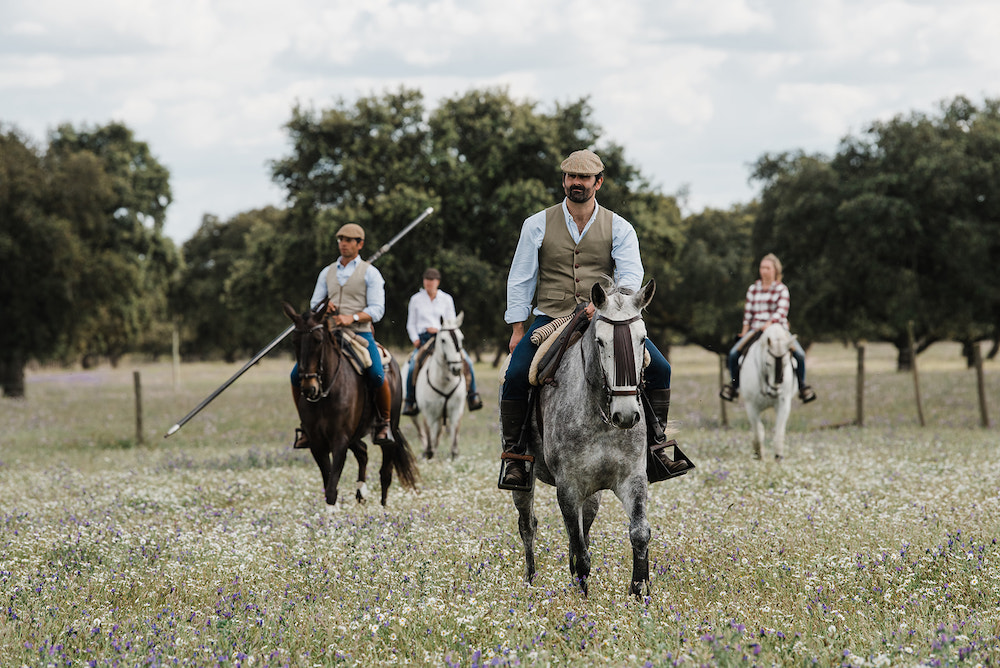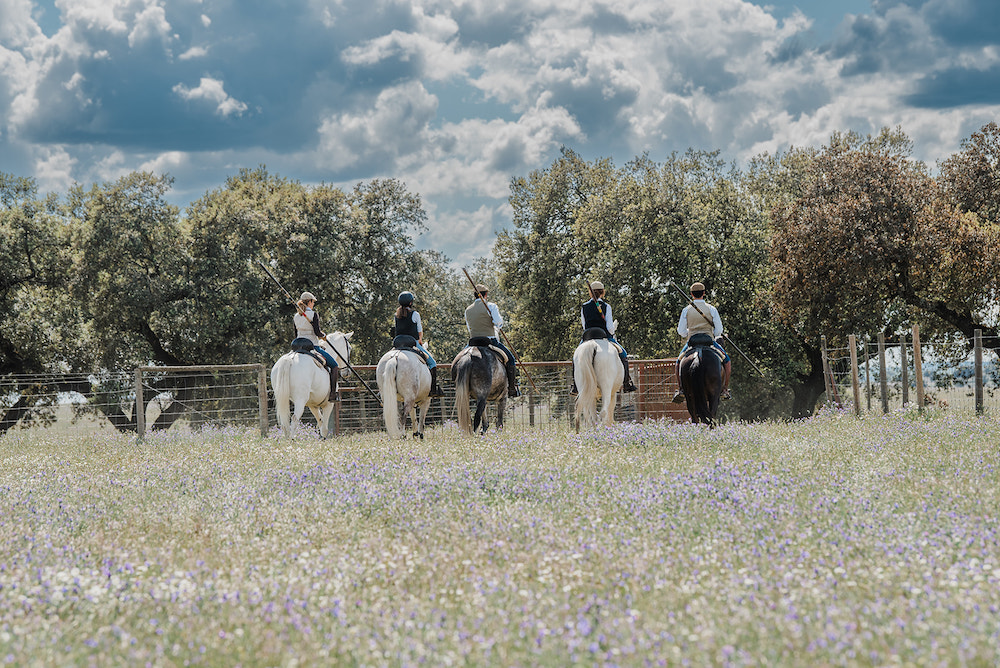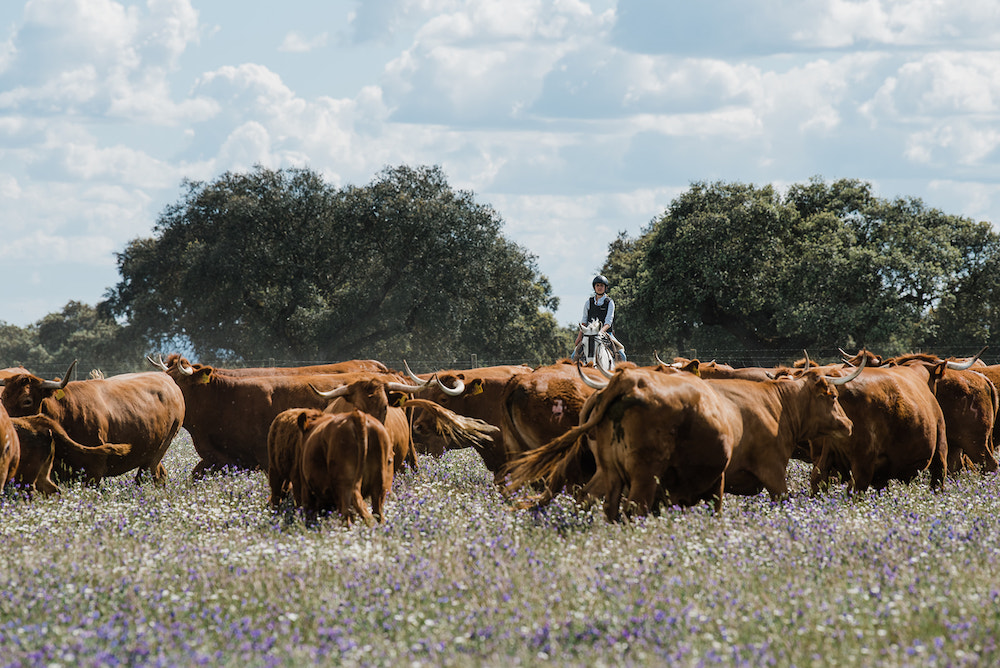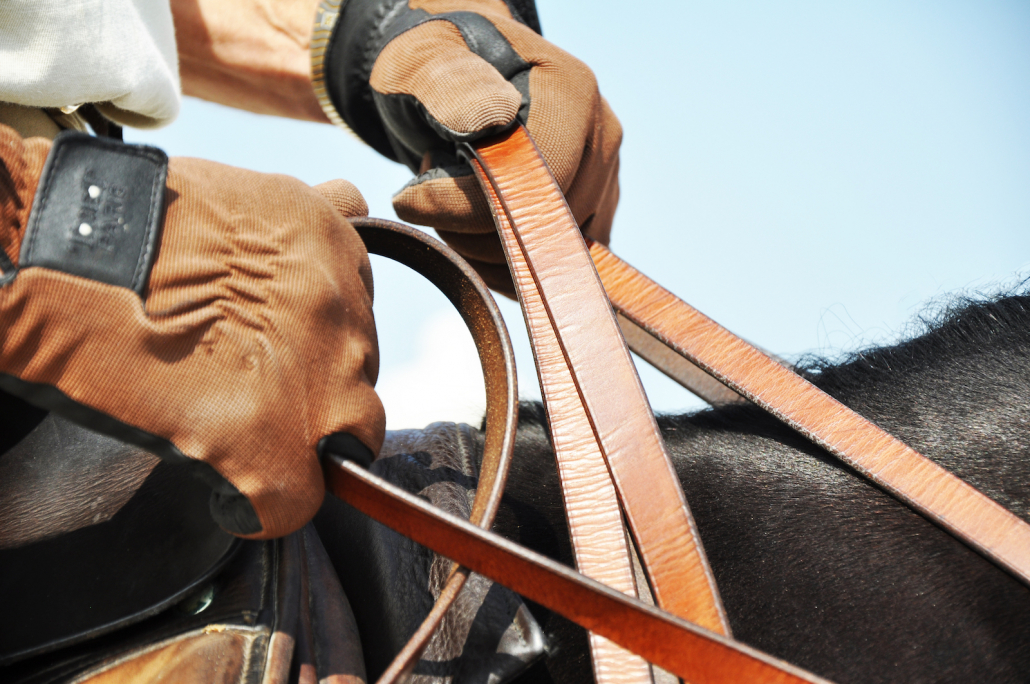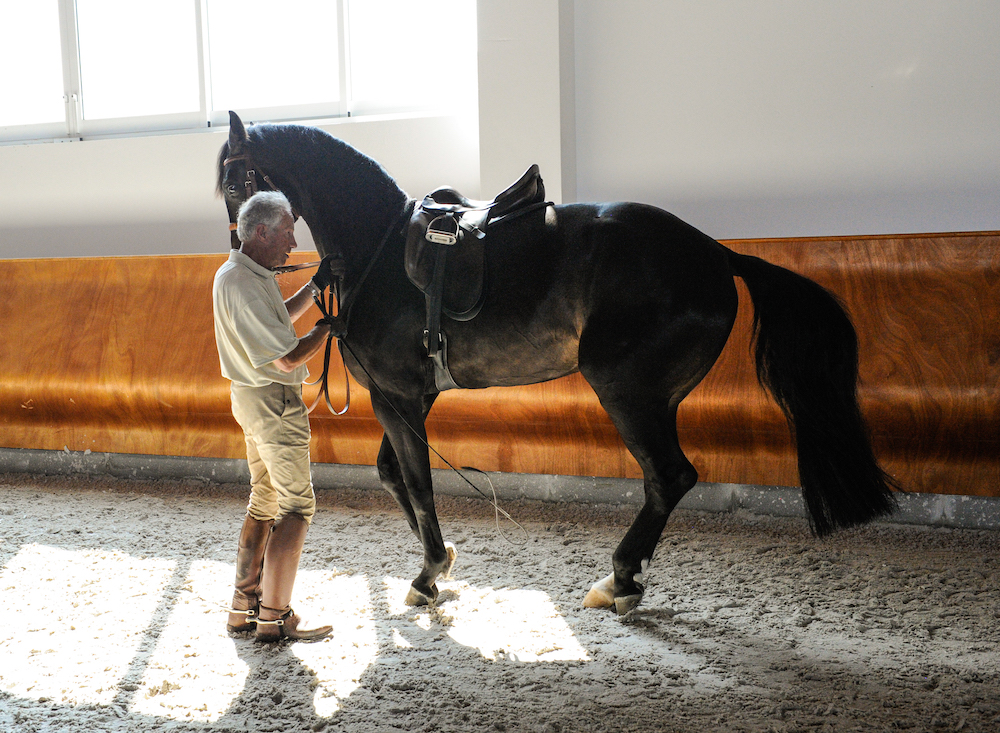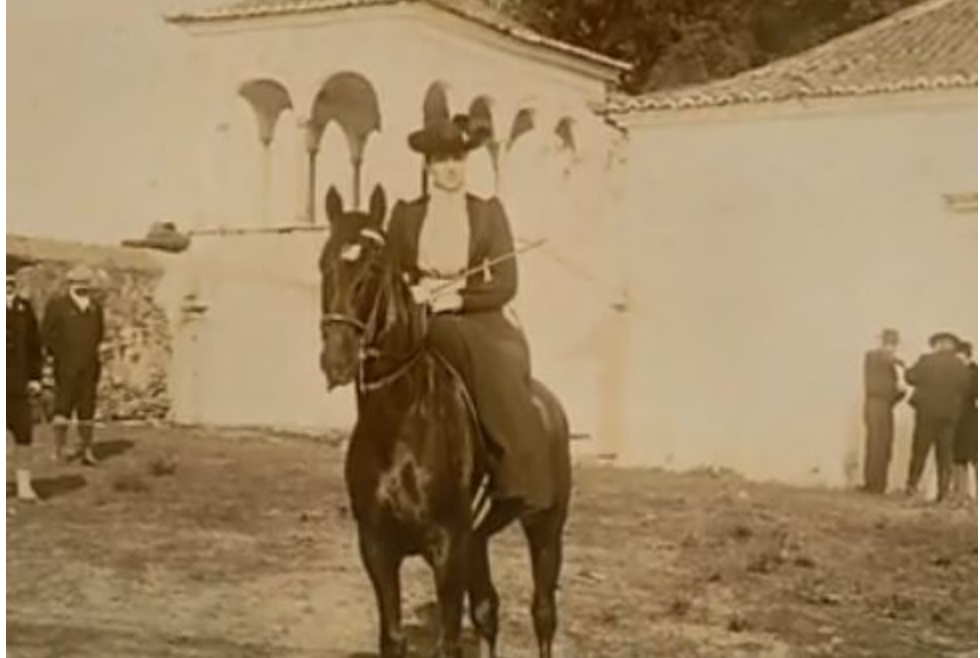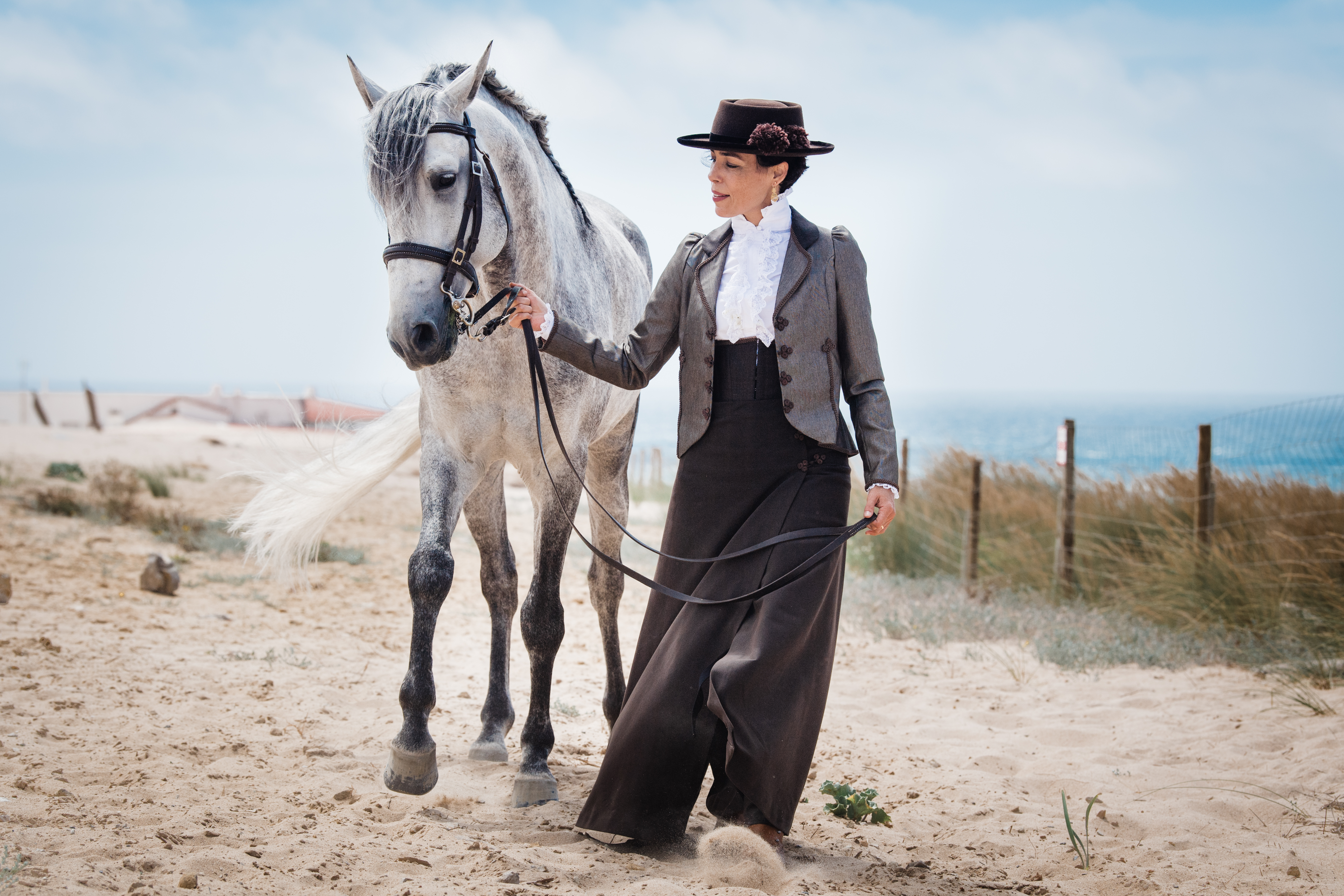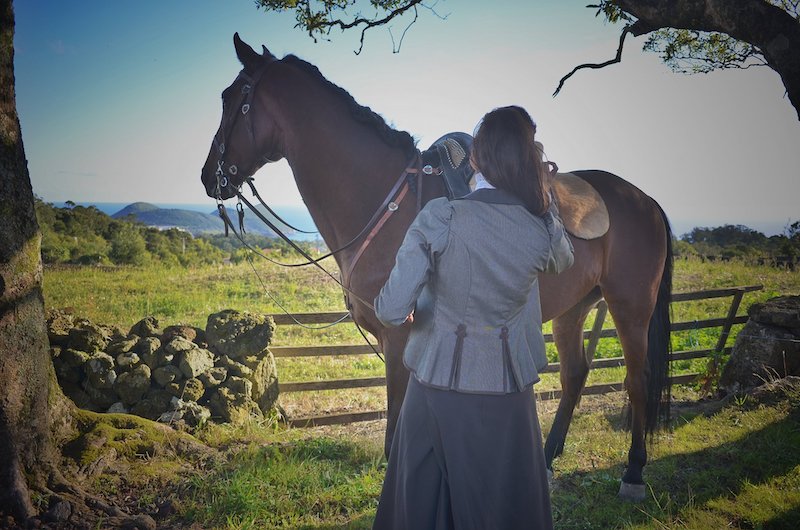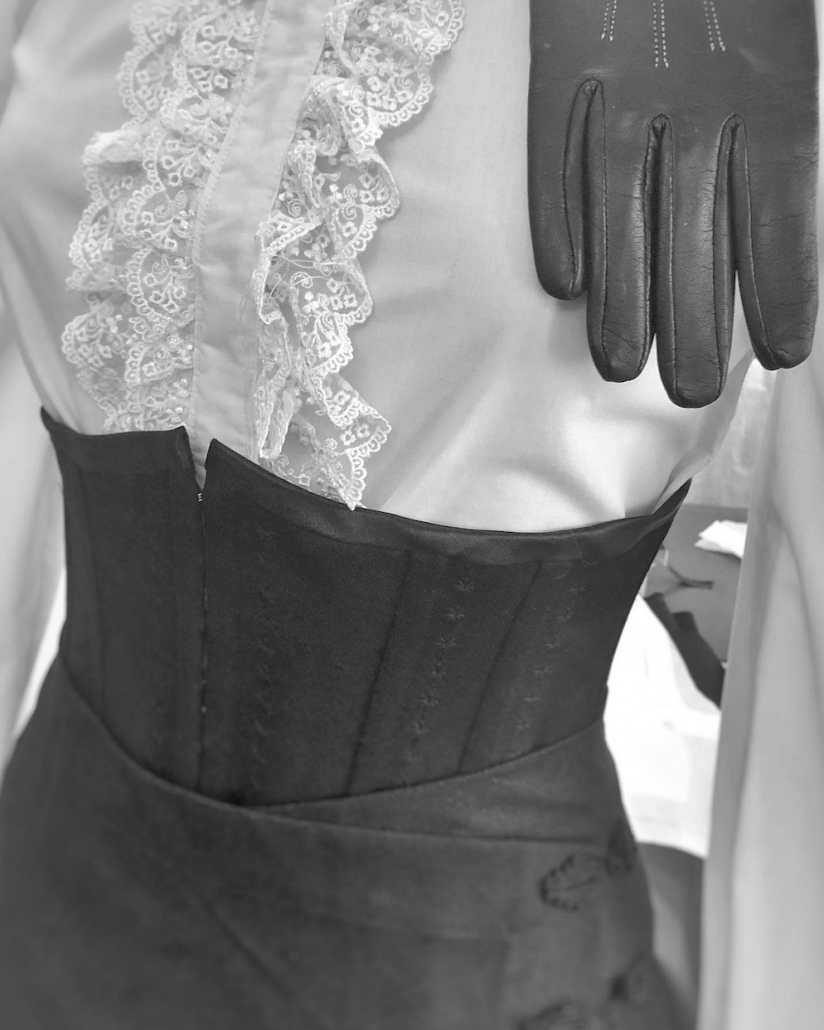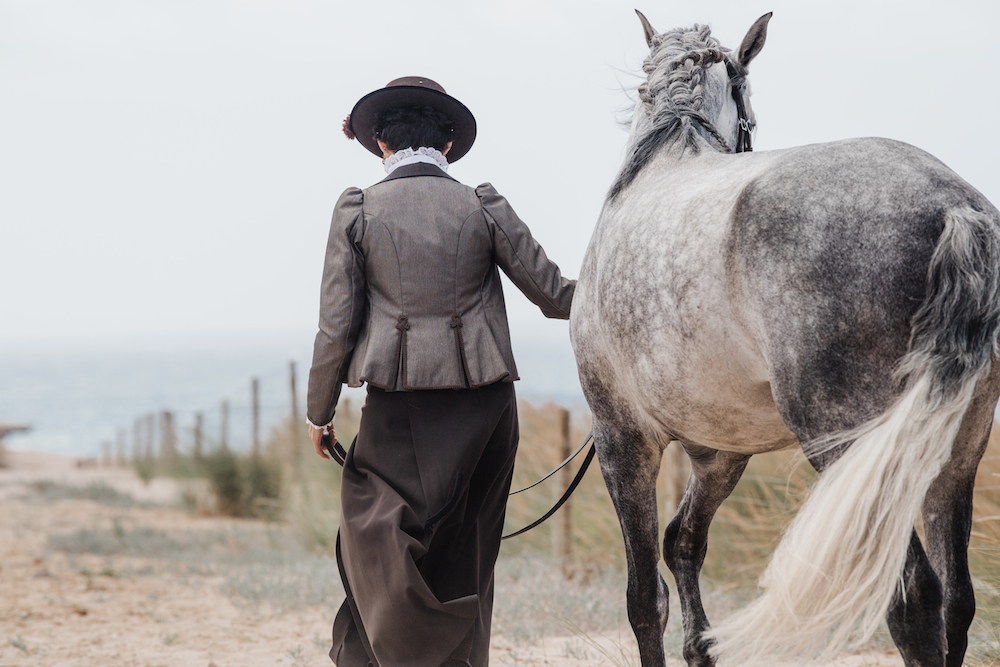Get the Best from the Pre Purchase Exam
The Pre Purchase Exam
By Teresa Burton Lusitano Heritage and Lusitano Horse Finder
Thoughts, Tips and Recommendations for the buyer and seller
It is a big step searching for and buying a horse in another country: Especially if It is your first time. The whole journey can be very emotional – right from the moment you start to recieving your perfect dancing partner at home with you.
Once you have selected a horse to make a truly informed decision you must put emotion to oneside and organise a Pre Purchase Exam PPE.
First and foremost I want to say that a pre purchase should not be viewed as a pass or fail for the horse. There are of course, some exceptions. But in most cases it is simply an assessment of whether the horse is able to do the job you want him for or not. Also that you can understand and live with any likely flaws the horse may have.
Lets face it If you carry out enough tests you will find a flaw in every horse. This is why there is an international standard set out to carry out a purchase exam – The 5 Stage Pre Purchase Exam PPE.
This PPE is simply a snapshot into the horse´s health and physical condition at the time of the exam. It is designed to provide you with a hint to the possible future of the horse but it cannot predict the future!
The PPE has come along way since the days in my childhood and teens, when we bought horses with a simple 10 minute check up to now an exam that can last several hours. There is one thing I believe is important from my past I feel is rather lost these days. This is taking the horse at face value. Now before you shout me down regailling stories of unimaginable horrors I want to say I understand. But I have seen horses with what could only be termed appalling xrays and flexions test that perform beautifully everyday with never a days lameness.
While I am certainly not in anyway a qualified veterinarian the content in this article are my reflexions based purely on many years experience. Through my work I have been directly or indirectly involved with literally hundreds of such exams. Even so it is with some trepidation I approach this sensitive subject, in the hope that I can help those buying and those selling with some recommendations and thoughts on the best way forward.
Find a Vet in another Country
When buying a horse in another country you usually have to rely on a vet located in that country to carry out the exam. The normal protocal is that this is done in conjunction with your regular vet as ultimately he or she will be the one caring for your horse. However this can become a big muddle if not conducted out with the right care and information. The vet that actually carries out the exam is the one who is in direct contact with the horse. They can make an assessment from all aspects of th encounter with the equine. Simply looking at x-rays and videos is very useful but is not the whole picture.
What´s more we have the varibility between veterarians one says no problem the other thinks otherwise. So it is vital to keep in mind the question is this horse able to do the job you intend for him. Lets face it the demands on a leisure horse are generally much lower than of a high level competition horse.
It is sensible to be prudent about who you choose to do your exam just like in any profession veta tend to specialise in different areas and can offer extra expertise on all manner of subjects from diet, to lameness, husbandary to viruses etc. There are vets that are more specialised and knowledgeable in pre purchase exams.
Check list when choosing your veterinarian
- He or she is very familar with the breed. Different breeds do come with different variabilities plus points and minus.
- They understand the riding disapline you are involved in especially if the horse for high level competition.
- They are impartial meaning they are not the sellers vet, they have not been treating the horse, they should not have any financial stake in the sale of the horse
- The veterinarian you choose works for you, is paid for by you and reports directly to you the buyer.
As the buyer you own all the rights to the information obtained this includes all findings, radiographic images, or test results. The veterinarian is under no obligation to share the exam results with the seller or agent unless given express permission by the buyer. - They speak your language or you have a mutual language you both understand
- They are experienced in PPE exams and have quality x-ray imaging equipment.
When you have your chosen veterinarian then they will give possible dates to carrry out the exam. It is helpful to provide the seller or agent with plenty of notice. These exam take some time to do and proper preparation makes a big difference –
The seller needs to have made the time available with assistance to be available. 2 to 3 people at the exam works well. Also that the they have a suitable area with flat surfaces especially for the flexion tests, lunge on hard ground.
The Exam –

The first part of the exam is the physical where the vet assesses the general health of the horse – weight, coat condition, eyes, teeth the oral cavity for tooth abnormalities, Listen to the heart carefully from both sides of the horse to detect subtle murmurs or arrhythmias, breathing, character, and visable imperfections on the body and legs likes signs of injury or surgrery, medical history and performance history.
The blue book checked with the and the micro chip number confirmed. UNDERSTAND THE BLUE BOOK
Hooves checked for any signs of lameness – they are examined carefully for integrity and balance and use hoof testers to identify any soreness in the soles
- Then movement that includes – flexion tests on all 4 legs – have someone available to take video.
Working on the lunge both reins all 3 gaits on soft ground
Working on lunge on hard ground walk and trot
Turning on the forehand on both sides to see the crossover of hind legs to perform the lateral
movement. Then asking the horse to back up.
All of this part of the exam is noted by the veterinarian and will be presented in a written exam sheet to you along with videos of flexions and lunge work.
Assuming the horse is seen as healthy after this stage, then the veterinarian will move onto x-rays. A regular exam includes 16-18 xrays. Good quality clear xrays are very important and taken form the correct angles and alignments. They can easily be misread with poor quality and angles. This is an important reason to ensure that you appoint an experience veterinarian in ths field.
You can ask for other x rays that are not included in the standard pre purchase exam. There is generally a charge per extra xray say for instance the back and neck. You could for example have up 36 xrays.
If there is a question mark on an x-ray sometimes it is worth having others taken at different angles to gain a more 3 dimensional view of the area. Ultrasound exams can also be used on areas with abnormalities. It is very useful to your veterarian that you are easily available when the exam is taking place. This way your veterinarian can contact you to ask if he or she can take further views or use ultrasound.
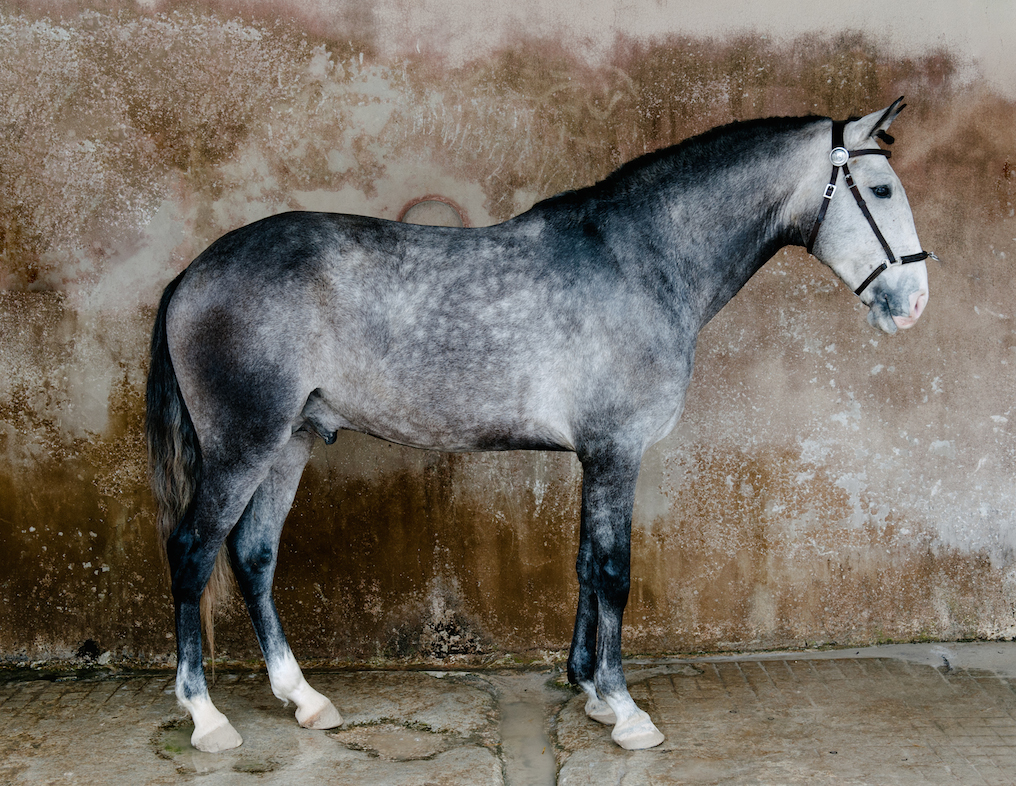
Blood Tests
If you are in a country that does not allow horses in with a posiive piroplasmosis test. Part of your exam will need to include a blood test at Bose in Germany for Piro Learn More about this here.
You maybe wise to do the piroplasmosis test in Bose prior to the PPE
You will also need proof of a negative Coggins test before importing. This is only required for breeding horses. Geldings are excempt
You can request A complete blood count and serum chemistry to give some indication of the horse’s overall health.
You can also test for drug use
This of course depends on your budget you can simply go with the 5 stage pre puchase and only do other tests should your veterinarian have a concern or consider it is helpful. If you are insuring your horse the insurance companies generally only require the standard test.
- Coming Soon Extra requirement for Breeding Animals
If you are purchasing animals for breeding purposes there are special things to consider and is a good idea to talk with your vet carrying out the pre purchase as they may need to call on the asistance of a vet specialising the breeding.
Breeding Mares – They need to be checked out for soundness for breeding.
Tips for the Seller
When you have decided to sell your horse it is a good idea to carry out your own pre purchase exam even if it is simply the physical part. This way you have a clear picture of where you stand and what to expect. It is by far better to be open with prospective buyers, open about the horse´s medical history and character let the buyer know about behaviour problems etc – flaws in your horse does not mean no buyer will not come.
Say for instance something comes up in the flexions or on the lunge your horse is not moving level behind, often it is something you can address. Simple things like –
- Poor fitting saddle
Riding style
Teeth needing attention
The bit
Laying down on hard ground or getting cast in the stable
Unexpected traumas in the field or while ridden for like bad footing after a jump etc.
An investment in a equine osteopath or equine Chiropractic can help hugely in maintaining your horse´s well being. A qualified equine practioner can detect and remedy previously unrecognised areas of restricted movement. They can free up tight areas in the body to enable your horse to move more freely and identify why the problem is occuring.
It is a small investment compared to dissapointments when a horse purchase fails based on something that could have been easily solved.
Keep the dentist visits up to date and recorded along with flu vaccinations and worming.
Don´t be tempted to make big changes right before the Pre Purchase for instance having the horse shod. Sensitivity after shoeing often occurs and can mean your horse shows unsound when in fact it is simply the result of new shoeing.
Be open about any medication the horse is recieving or any interventions in joints etc.
On the day of the exam have two people available to assist the veterinarian and suitable space to carried out the walk and trot ups in straight lines and flexions. Plus an arena for the lunge work. A quiet environment for the Xrays and available power.
If it is a very young horse it really pays dividends if you put in the time to prepare the horse with handling, picking up his feet trotting in hand and standing calmly. This also makes it safer for the vet to do his job.
Once you have conpleted the exams and are eady to complete the purchase the next stage is –
- The Buying Contract
- Payment
- The ownership transfer – This is done with your country association or your country does not have an association then contact the APSL in Portugal.
- Booking the transport or moving to a trainer
We wish you the very best in your journey and any help we can give please contact us for horse suggestions, vet etc email Us
LINKS
See list of vetenarians in Portugal
Transport, Understanding Piroplasmosis, The blue book,
Text by Teresa Burton

